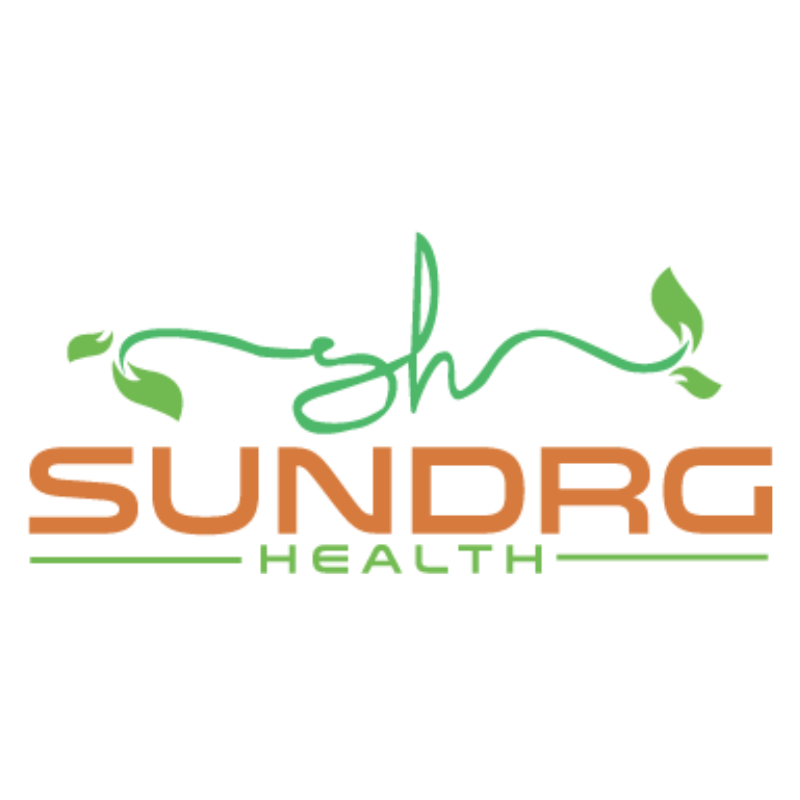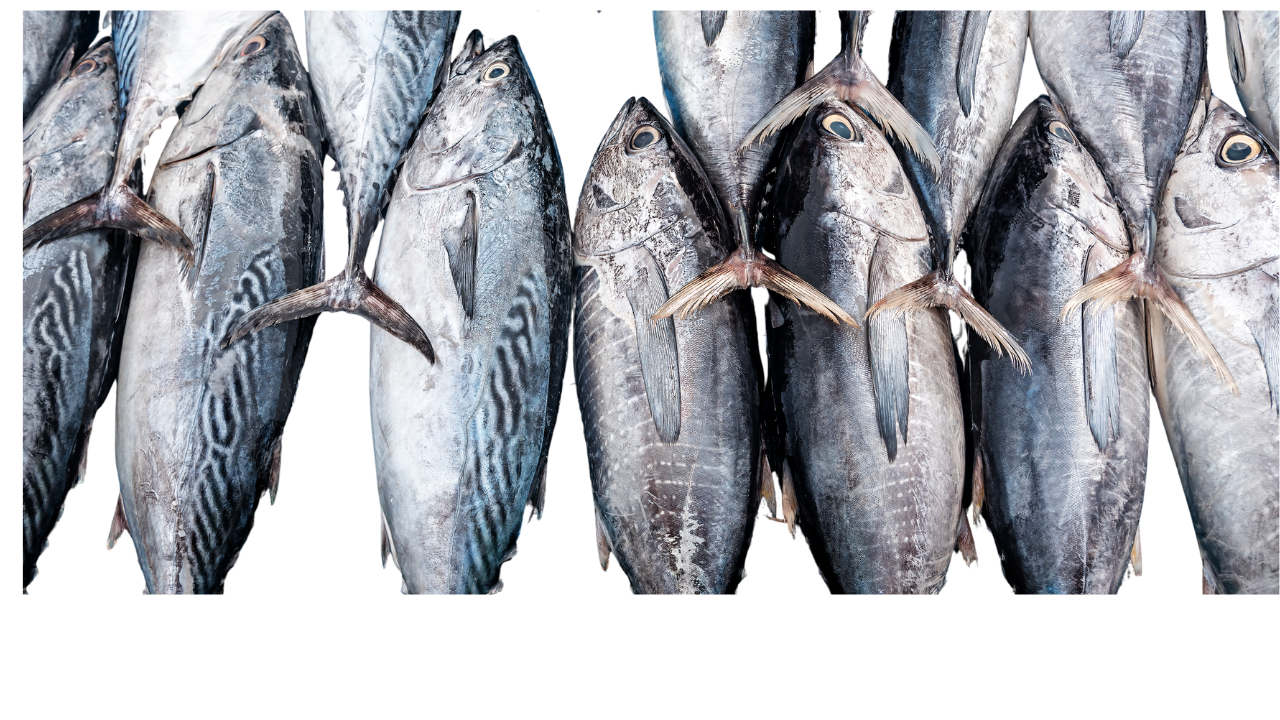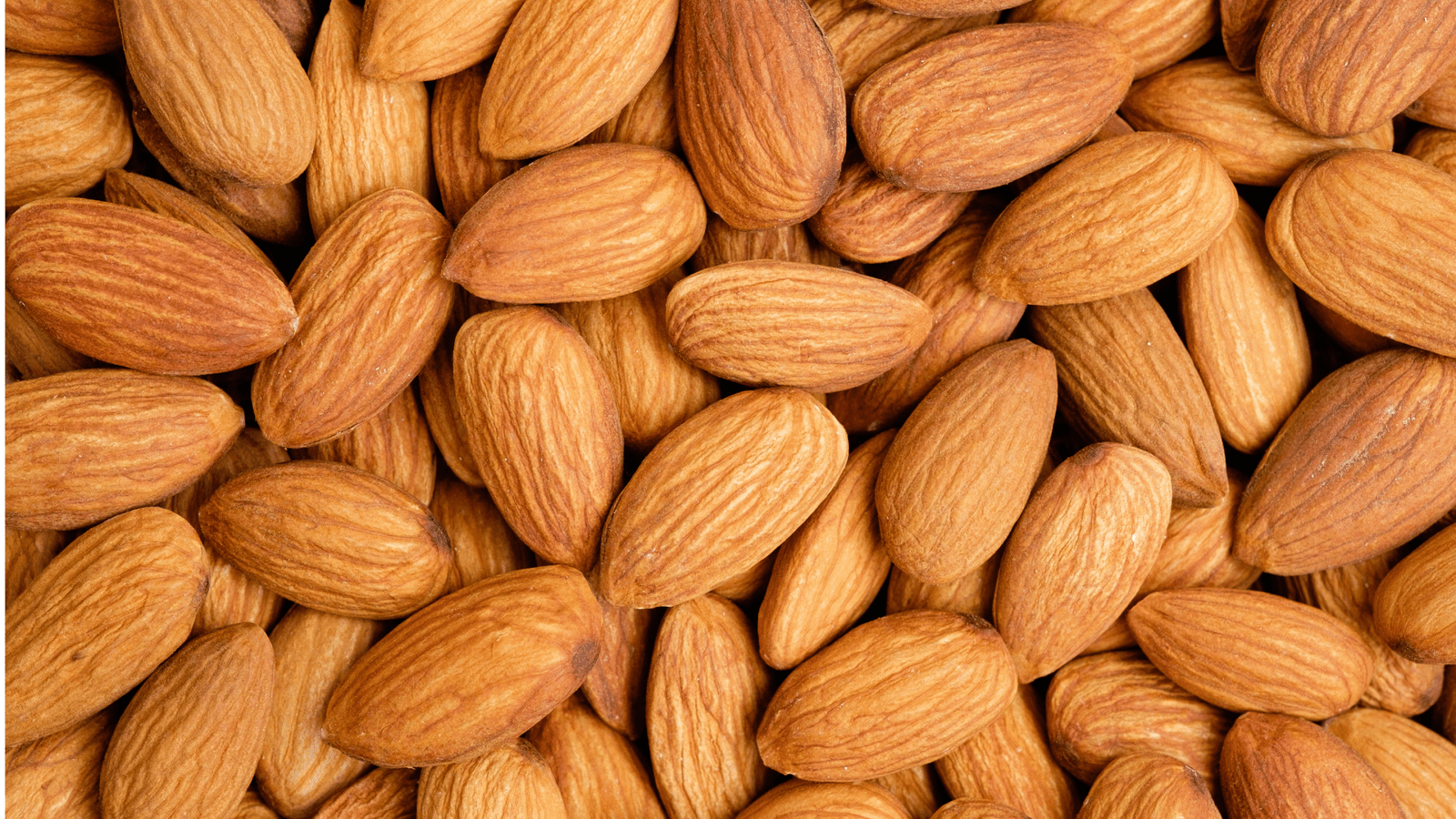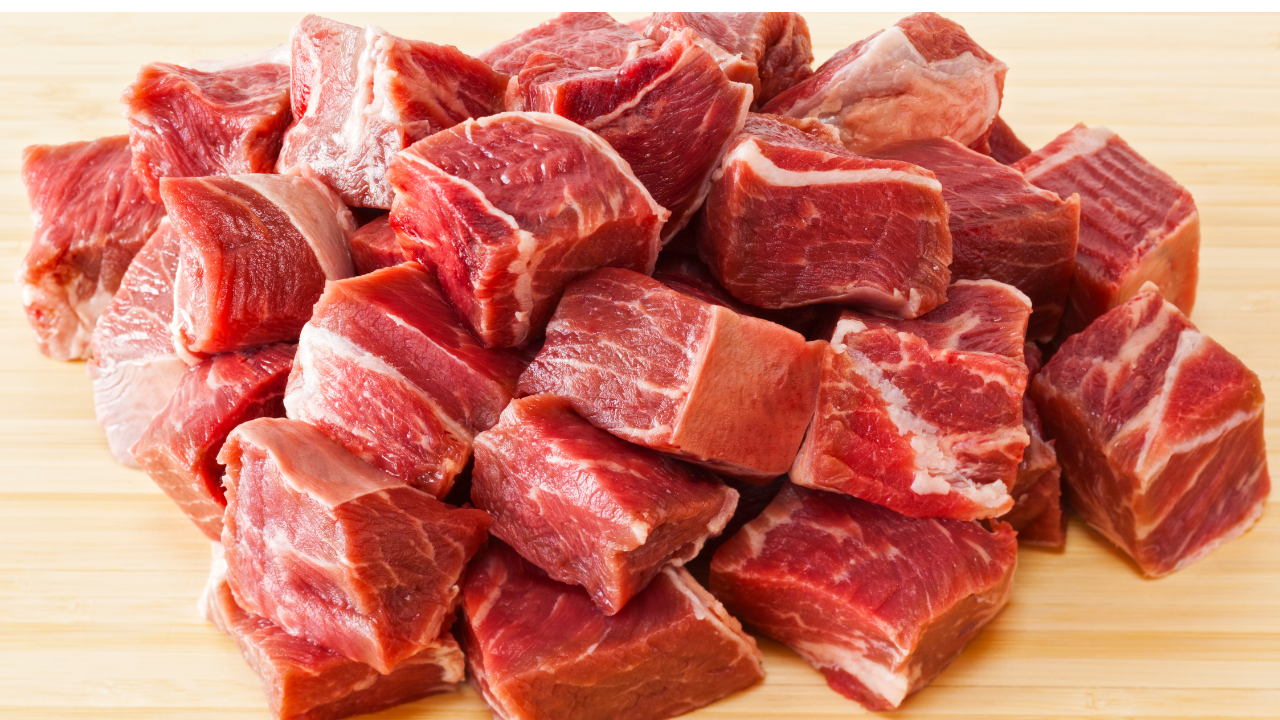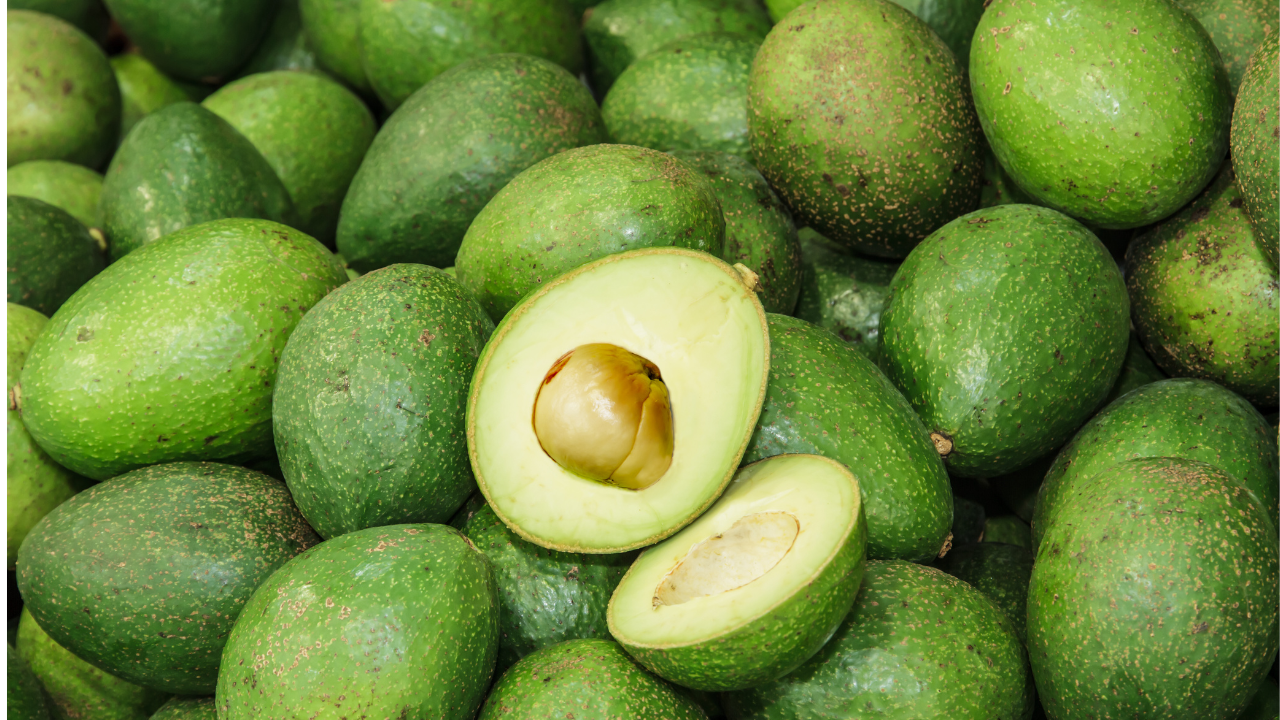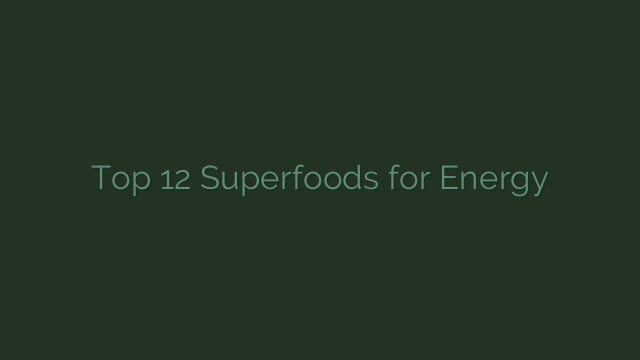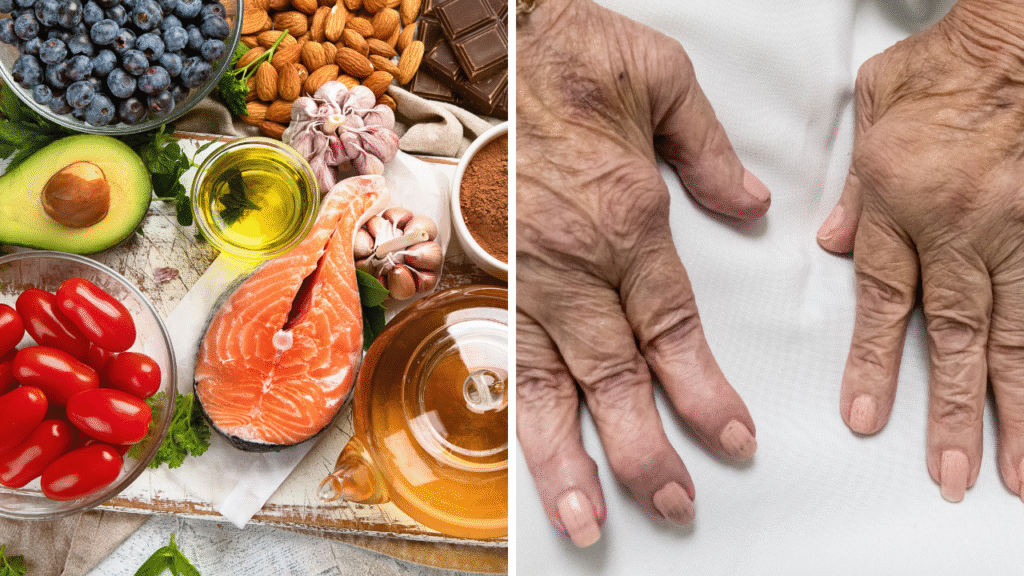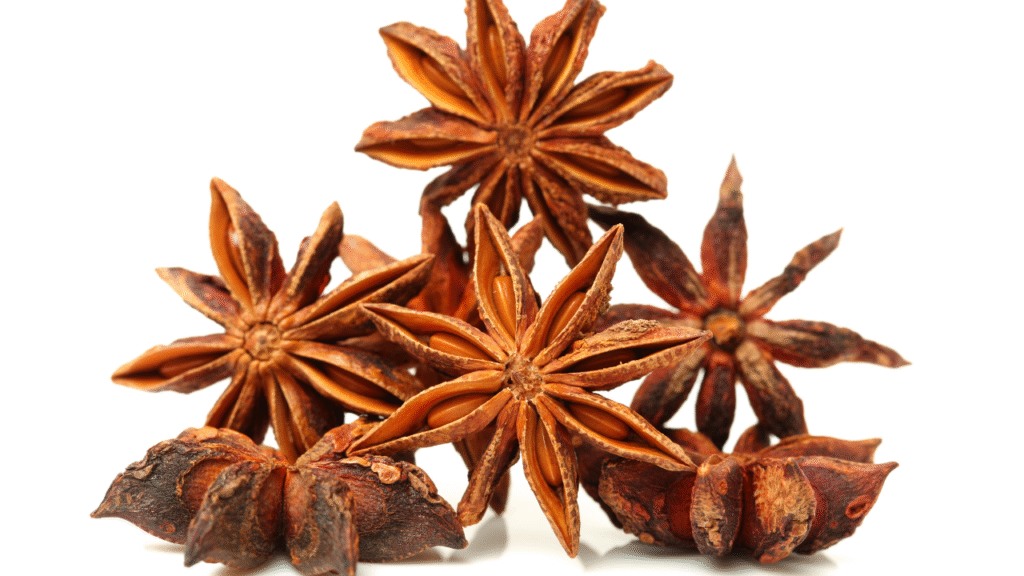Experiencing low energy does not necessarily indicate a need for caffeine; instead, it may suggest that the body is seeking nutrient-rich foods that enhance vitality. Superfoods can effectively rejuvenate energy levels, promote balance, and improve focus without the subsequent crash often associated with sugary snacks. Leafy greens, fresh fruits, seeds, and whole grains are rich in vitamins, minerals, and antioxidants that support sustained energy. Whether one is commencing the day, engaging in physical activity, or recovering after a long day, these superfoods play a crucial role in maintaining strength, alertness, and overall energy. Discover the nutrient-rich foods that support your health and naturally boost your energy levels.
1. Quinoa
Quinoa is a complete protein from plants. It has all nine essential amino acids that your body needs to repair and build muscle. It is also rich in magnesium, iron, and complex carbohydrates, providing a steady source of energy.
How to Use
Cook 1 cup in water or broth and use as a base for salads, grain bowls, or side dishes.
Add soups or use as a post-workout meal with vegetables and lean protein.
Why Quianoa
This food helps you build strong muscles and recover more quickly after exercise. It provides energy for workouts and is a good protein choice for plant-based eaters.
2. Eggs
Eggs are a great source of protein that your body can easily use. It contains amino acids, such as leucine, which help build muscle. Its yolk has essential vitamins, such as D, B6, and B12.
How to Use
Eat boiled or scrambled eggs for breakfast or after workouts.
Add smoothies (use pasteurized egg whites) or omelets with veggies.
Why Eggs
They promote faster muscle recovery, build lean tissue, and help balance hormones involved in muscle development.
3. Tuna
Tuna is a healthy fish found in both fresh and saltwater. It contains a significant amount of protein and omega-3 fatty acids. It is a member of the same family as mackerel and is often eaten grilled, canned, or seared. It is one of the most popular choices for lean protein. This makes it an excellent option for individuals who want to build muscle, maintain their cardiovascular health, or naturally boost their energy levels.
How to Use
Mix quinoa with spinach and vegetables for a healthy post-workout meal.
Combine a small amount of canned tuna with spinach, banana, and almond milk to boost your protein intake.
Why is tuna
Low in Fat and Calories, great for lean muscle building without excess fat.
Includes vitamin D, B12, and iron, essential for energy metabolism, the production of red blood cells, and alleviating fatigue.
4. Almonds
Almonds provide protein, beneficial fats, and magnesium, a mineral essential for muscle contraction and energy production.
How to Use
Snack on 10 to 15 raw almonds daily.
Blend into smoothies or sprinkle over oatmeal.
Why Almonds
Almonds help build strength, stop cramps, and lower inflammation after workouts. It also increases calorie intake naturally to help gain muscle.
5. Lean Beef
This meat is rich in high-quality protein, creatine, zinc, and iron, all of which are essential for energy metabolism and muscle recovery.
How to Use
Grill, stir-fry, or bake 3- to 4-oz portions.
Combine with vegetables or quinoa for balanced meals.
Why Lean Beef
It helps in the development of muscle tissue, improves strength, and assists in the production of hemoglobin, facilitating improved oxygen delivery to active muscles.
6. Spinach
Spinach is high in iron, magnesium, nitrates, and vitamin K. These nutrients help your body make red blood cells and improve how it delivers oxygen.
How to Use
Add fresh spinach to salads, smoothies, or omelets for a nutritious boost.
Lightly steam or sauté as a side dish.
Why Spinach
Boosts endurance, supports bone health, and enhances muscle function by improving circulation and promoting efficient energy conversion.
7. Chicken breast
Chicken breasts are an excellent choice for building muscle due to their high protein content. A 3-ounce serving provides approximately 26.7 grams of protein.
It also provides vitamins, like niacin and B6, which support your body during exercise. A 2018 study found that consuming protein-rich foods, such as chicken, after a workout aids in fat loss and muscle gain.
How to Use Chicken Breast
Enhance the flavor using herbs, olive oil, garlic, and lemon juice. Cook on the grill or in the oven until soft for a nutritious, protein-packed dish.
Shred and combine with soups, stews, or salads for a simple way to enhance protein.
Why Chicken Breast
It provides about 31 grams of protein per 100 grams, helping build and repair muscles after exercise.
Ideal for lean muscle growth without adding excess calories or cholesterol.
Richi vitamin B6 and niacin, which help convert food into energy and support brain and heart function.
8. Avocado
Avocados provide potassium, folate, and heart-healthy monounsaturated fats that reduce muscle inflammation.
How to Use
Spread on whole-grain bread, mix into smoothies, or incorporate into salads..
Utilize it as a smooth foundation for nutritious dressings or spreads.
Why Avocado
They balance electrolytes, support hormone function, and supply slow-burning energy for prolonged workouts and recovery.
9. Soybeans
Half a cup of cooked soybeans provides 16 g of protein and healthy unsaturated fats, along with vitamins and minerals such as vitamin K, iron, and phosphorus. Iron is vital for organ function, muscle development, and oxygen transport, and a deficiency can impair these processes.
How to Use Soybeans
Enjoy them as edamame, sprinkled with sea salt or olive oil, a great snack or salad topping.
Blend soy milk with banana, spinach, or oats for a protein-rich and energizing drink.
Why Soybeans
It has all the essential amino acids for muscle building and tissue repair, just like animal protein.
Natural compounds (isoflavones) help maintain healthy testosterone and estrogen levels, which are essential for energy and muscle strength.
10. Salmon
Salmon is rich in omega-3 fatty acids and provides complete protein, which helps decrease inflammation and enhance muscle recovery.
How to Use
Cook a fillet by baking or grilling it with herbs and olive oil.
Pair with sweet potatoes or quinoa for a post-workout meal.
Why Salmon
Aids in the repair of muscle cells, enhances joint flexibility, and assists the body in utilizing protein effectively for muscle synthesis.
11. Chia Seeds
Small yet potent, chia seeds are rich in protein, fiber, omega-3 fatty acids, and antioxidants.
How to Use
Dissolve 1–2 tablespoons in water, milk, or yogurt for 10–15 minutes.
Incorporate into smoothies, porridge, or snack bars for a nutritious boost.
Why chia seeds
They enhance hydration, support endurance, and facilitate muscle recovery by mitigating oxidative stress that occurs after vigorous exercise.
12. Bananas
Bananas provide potassium, magnesium, and fast-acting natural sugars to help replenish energy.
How to Use
Consume a banana before exercising for a quick energy boost.
Blend into a protein smoothie post-workout.
Why Bananas
Prevent cramps, lower tiredness, and restore glycogen levels. These are important for repairing muscles and improving performance.
Conclusion
Building muscle is about more than just lifting weights; it’s also about maintaining a healthy diet. Superfoods provide essential nutrients, proteins, and antioxidants that help your muscles grow and recover. Choose whole foods, such as chicken breast, leafy greens, avocado, and plant-based sources of energy. This provides your body with real energy, eliminating the need for supplements. Fuel your strength with wholesome foods from nature.
References
https://www.healthline.com/nutrition/11-benefits-of-salmon
https://www.ncbi.nlm.nih.gov/pmc/articles/PMC4924180/
https://jissn.biomedcentral.com/articles/10.1186/s12970-017-0189-4
https://ods.od.nih.gov/factsheets/Magnesium-Consumer/
https://fdc.nal.usda.gov/fdc-app.html#/food-details/173806/nutrients
